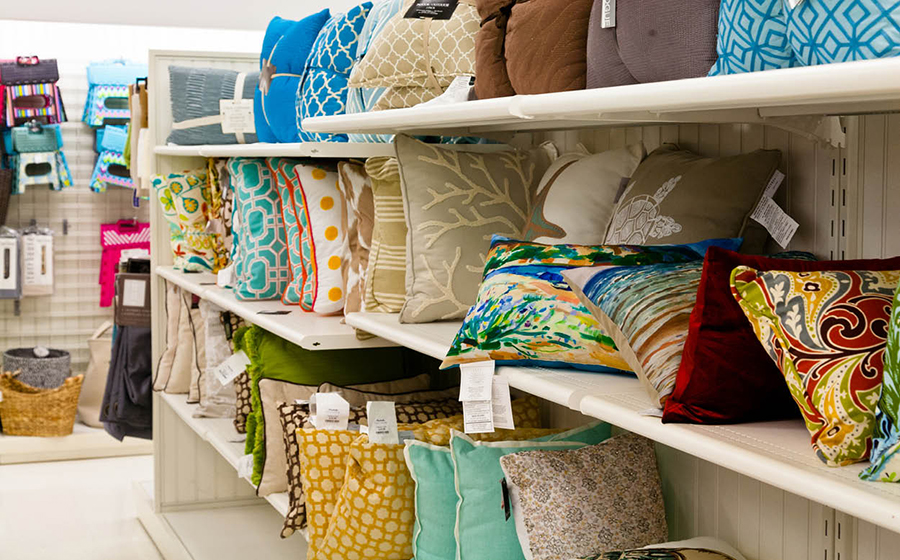It\’s good to be an off-pricer these days. The TJX group of nameplates – TJ Maxx, Marshalls, HomeGoods, et al – and Ross Dress for Less are both outperforming virtually every other physical-store based retailer in the country. In the meantime, second-tier players like Burlington and Big Lots are growing and putting up impressive numbers and even under-the-radar stores like Ollie\’s are doing surprisingly well.
Then you have conventional retailers like Macy\’s and Nordstrom that are operating off-price divisions, the former rapidly expanding its Backstage division and the latter looking to its Off The Rack operation for a disproportionate percentage of its financial results. For all of these retailers, there\’s no doubt that apparel and fashion accessories are the driving forces of the business. Particularly when it comes to women\’s, they represent the bulk of both the sales and the square footage of these stores.
But over the past several years, many off-pricers have looked to home — led by soft home like bed and bath, rugs and decorative pillows – as additional sources of sales. In fact, at some of these operations home is growing faster than fashion and is seen as the leading classification for growth going forward.
The TJ Way
TJX got 26 percent of its total revenue from home accents and bed and bath in 2018, the last year numbers are available. And while that\’s up only marginally from the 25 percent level of 2016, home now equals what it calls \”ladies\” apparel sales as that category has tapered off as a percentage of total sales. More importantly, TJX has targeted HomeGoods as its key physical store expansion vehicle over the next few years, looking to eventually double the total number of units to 1,000 at the end of the campaign. This comes on top of the launch two years ago of a second home brand, HomeSense, that skews a bit more heavily to furniture. There are now 23 such stores, from Massachusetts down through Virginia and while TJX is not talking about the size of the total build-out it stands to reason it may eventually be an equal-sized companion to HomeGoods, just as TJ Maxx and Marshalls are complementary.
The expansion of home\’s role at Ross is just as dramatic. Home Fashions, as the company calls the department, now accounts for 33 percent of its overall sales, up from 30 percent just two years before. Ross, which also operates stores under the dd\’s Discount (stet) nameplate, does not have a standalone home division including home within its mothership stores. Burlington Stores, which finally found a legal way to drop the \”Coat Factory\” portion of its name thereby eliminating some confusion with infrequent shoppers, has had a strong renaissance over the past few years, at least partially driven by home. The company said in May that \”home still represents our largest category growth opportunity\” and reported that it now represents 15 percent of its overall sales.
But it\’s not stopping there, said CEO Tom Kingsbury. \”We continue to believe we can achieve a penetration level of at least 20 percent over time.\”
Meanwhile, Backstage…
It\’s not just the traditional off-pricers jumping on the home bandwagon. When Macy\’s first rolled out its Backstage brand, it only sold apparel and fashion accessories. But as it built up the division, it eventually layered on home, both soft home textiles and hard goods like housewares. The company does not break out Backstage sales by classification.
Clearly, all of these off-pricers see home as a way to balance out fashion assortments while playing off any voids in the marketplace that might be created by the problems of home-specific players like Bed Bath & Beyond. Off-price as a channel of distribution shows few signs of slowing down, even as some smaller retailers like Tuesday Morning have had their struggles. As it gains market share, off-price will be doing it with a combination of perceived value, continued overcapacity on the supply side, operational efficiencies primarily seen in their fast merchandise turns and a growing presence of home.
When it comes to home furnishings, it\’s very much game on for off-price.
Warren Shoulberg can\’t get out of HomeGoods stores without buying something. He is not alone.




